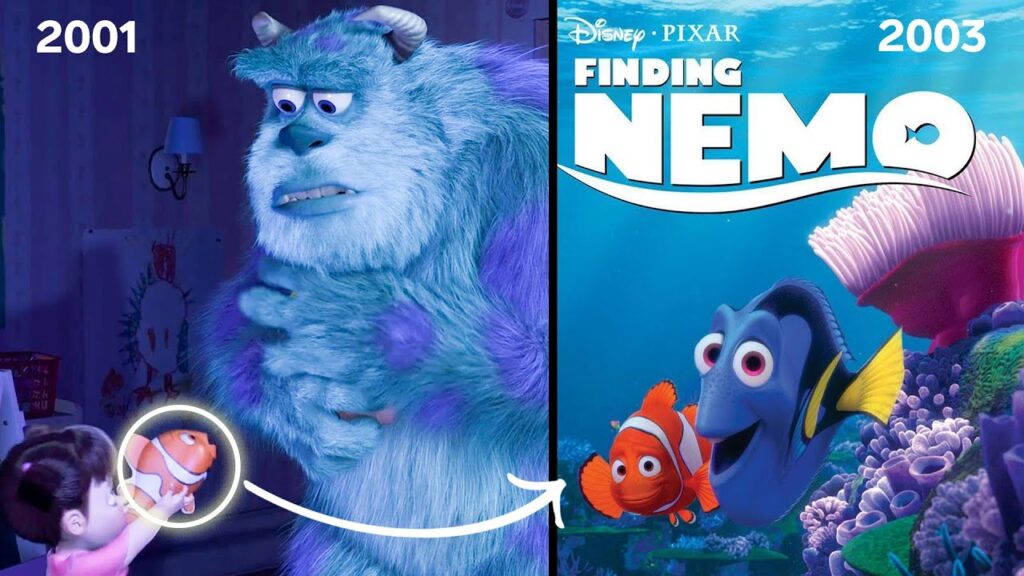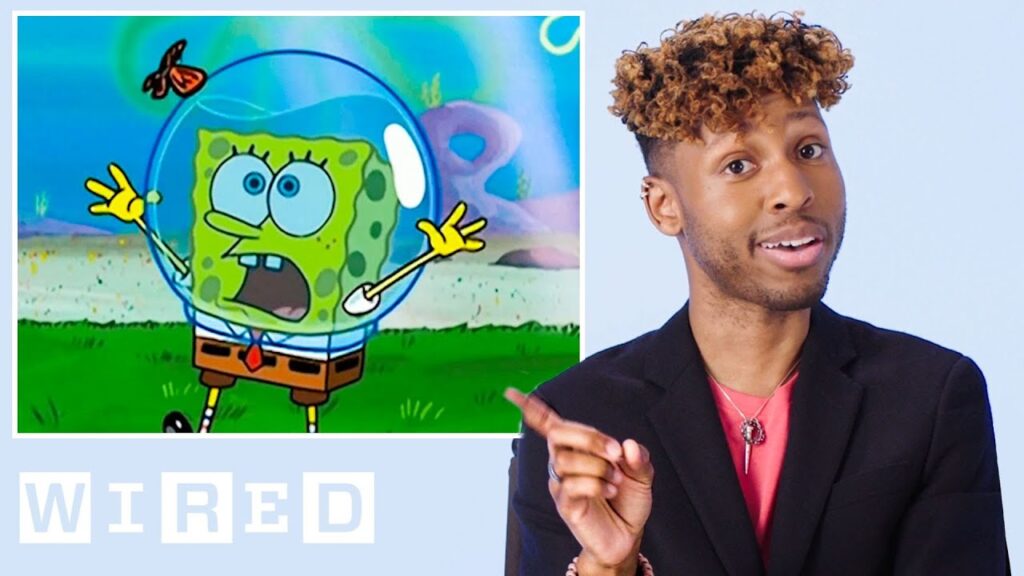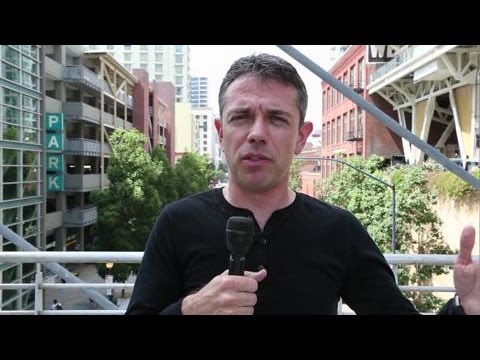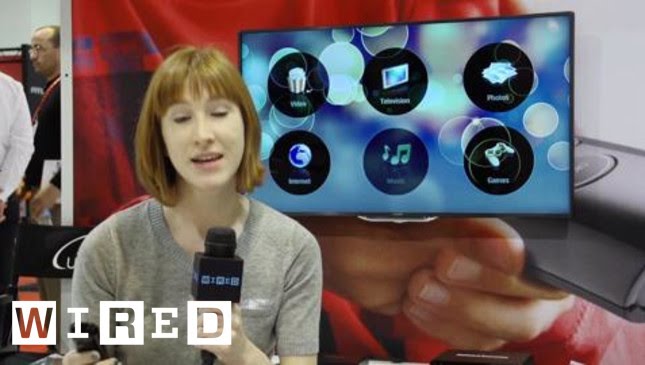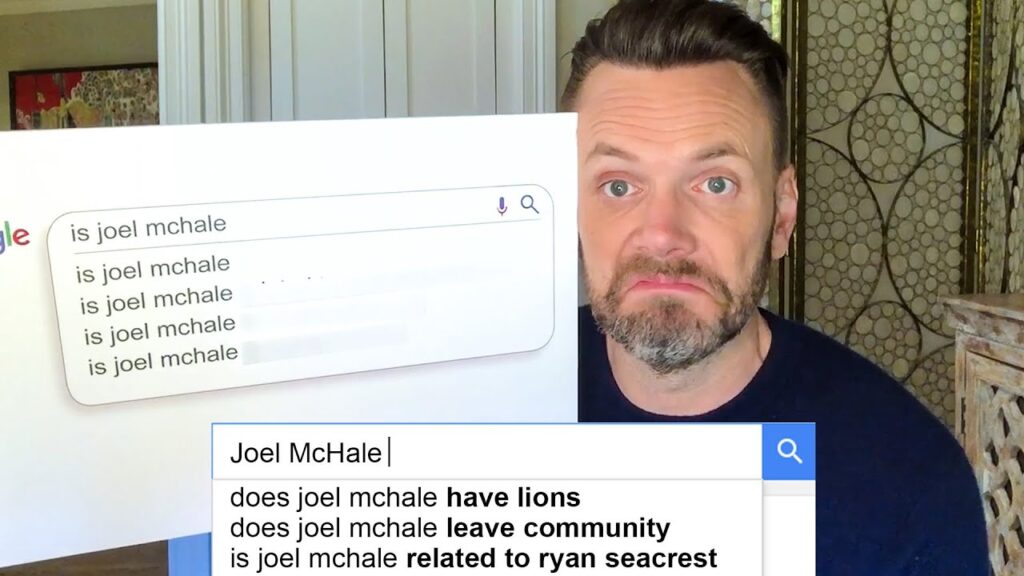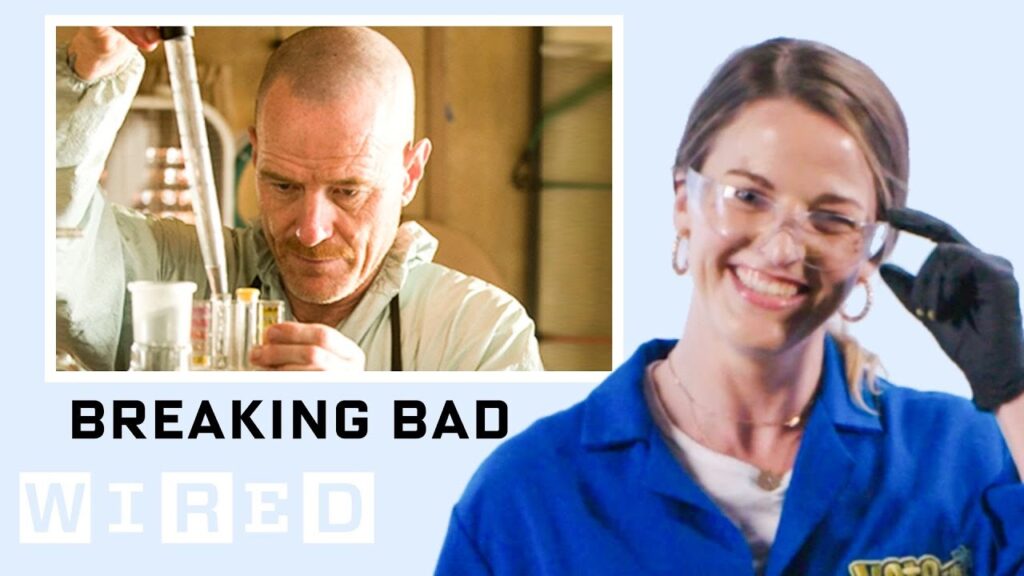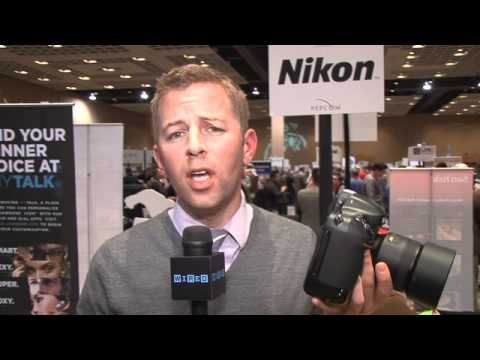Building Four-Armed Character for Comic-Con: A Look Behind the Scenes
Summary
Building a four-armed character for a Comic-Con can be a daunting task, but the Skeletonics team proved that they could do it, inspiring others to follow suit. In this blog post, we take a look at the creative process behind this unique character, including how the team tackled the challenges of weight distribution, molding, and painting. We also explore the techniques used to create a backstory for the character, making it more relatable to audiences.
Table of Contents
- Balancing the Four Arms: How We Overcame the Drawing Effect
- Designing the Arms: From Robotic Hands to Guns and Microphones
- Tackling the Challenges of Weight Distribution and Mobility
- Molding Techniques: The Use of Vacuforms and UltraCal
- Painting Techniques: Weathering and Battle Damage Effects
Introduction
Building a four-armed character for Comic-Con is no easy task. The process involves a lot of creativity, problem-solving, and innovation. Building on the success of the Skeletonics team, we decided to take the leap and create our own four-armed character. In this Q&A style blog post, we go behind the scenes to explore the process of designing and creating this unique character for Comic-Con.
Balancing the Four Arms: How We Overcame the Drawing Effect
One of the biggest challenges we faced when creating the four-armed character was figuring out how to balance all four arms. There was a point where Bruce, who was in the suit, drew too much of the audience’s attention. We wanted to avoid that drawing effect and make sure that the character appeared as a whole. To achieve this, we decided to cover up Bruce’s arms in the suit, disguising them to look like robotic arms. We added a three-clawed arm for his right-hand and a drill bit for his left arm. Although the design for the right-arm stuck close to the original, the left arm changed a bit from being a robotic hand to simply a gun. We also had to ensure that the character was not too top-heavy, and discussions led us to trim a percentage off all parts on the upper portion. We used a lot of vacuform shells to generate pieces quickly, which helped us construct the legs and other parts that needed to take on the punishment.
Designing the Arms: From Robotic Hands to Guns and Microphones
The design process of the four-armed character was a combination of creativity and practicality. We wanted the four arms to be unique and fun, but also needed them to have a purpose. The right-arm has a Gatling gun, while the left arm has a futuristic type of laser double shotgun and a microphone for interviews. Fence, out of nothing more than molded plastic, created the guns that weighed about 500 pounds each. The design of the left arm changed quite a bit originally. It was supposed to be a robotic hand, but it turned into a gun. The team came up with the three-clawed arm and drill bit arm to make sure that the audience’s attention was not drawn to Bruce’s arms in the suit.
Tackling the Challenges of Weight Distribution and Mobility
One of the biggest challenges we faced when creating the four-armed character was figuring out how to balance the weight distribution while maintaining its mobility. To overcome this challenge, we focused on using materials that were lightweight and durable, such as vacuform shells, which enabled us to generate pieces quickly. For the leg part, we used a material that could withstand the punishment of kicking chairs or tables or bumping into things. We also had to keep the weight as low as possible but avoid creating too much bounciness, which would have made the character less realistic.
Molding Techniques: The Use of Vacuforms and UltraCal
The time frame of the job was another challenge we had to tackle. Since we didn’t have a lot of time to remold pieces, we took the positives that we had, clayed them up, and corrected them in stone, as we went with UltraCa. We applied a combination of weathering, paint chipping, and battle damage beat up techniques to create a backstory that would make the character more relatable to audiences. To ensure that the face mask did not fall off and break on the day of Comic-Con, we printed the face mask without any molding in between.
Painting Techniques: Weathering and Battle Damage Effects
One of the primary objectives of building a four-armed character for Comic-Con is to make it look as realistic as possible. To bring out the character of the robot, we used painting techniques such as weathering and battle damage effects. We created a backstory for the character, where the shoes were dusty, and there were scrapes where the arms moved together. If the character got into a fight, we added scratches and dents to make it look like it had been through a battle. We made sure to focus on the high points on corners and things that would take the most abuse to create a robust look.
Conclusion
Building a four-armed character for a Comic-Con requires a lot of creativity, problem-solving, and innovation. The process involves several challenges, such as weight distribution, molding, and painting. To create a unique character that stands out, we had to combine creativity with practicality. We had to make sure that the character was not too top-heavy and had a purpose. We used vacuform shells to generate pieces quickly, and we focused on using materials that were durable and lightweight. By applying weathering and battle damage effects, we gave the character a backstory that would make it more relatable to audiences. Overall, building a four-armed character for Comic-Con is a challenging yet rewarding experience.
